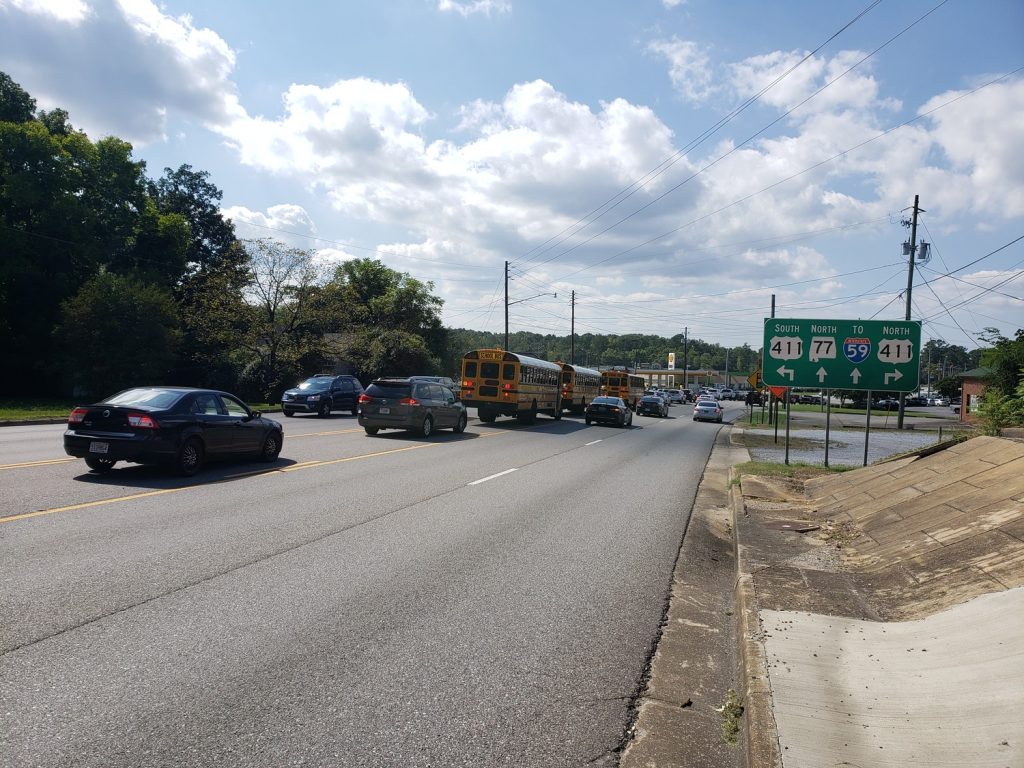Alabama communities once again have a chance to secure critical funding for transportation improvements through the Alabama Transportation Rehabilitation & Improvement Program II (ATRIP-II). For local governments with projects tied to the state highway system, this funding could be the catalyst to move long-needed improvements forward.
What Is ATRIP-II?
Administered by the Alabama Department of Transportation, ATRIP-II is designed to address local transportation needs while enhancing the state’s overall highway system. The program supports projects that improve roadways and bridges, increase safety, and promote economic growth by strengthening regional connections. While its focus is on state-maintained highways, projects that include incidental work on local roads or bridges can also be considered when they are directly tied to improvements on the state system.
In recent years, ATRIP-II has funded dozens of projects across Alabama, from safety enhancements at busy intersections to major rehabilitation efforts on critical corridors. The impact of these projects has been felt not only in the form of smoother, safer roads, but also in stronger economic activity and improved quality of life for residents.
Eligibility
Every local government in Alabama, whether a municipality or county, is eligible to sponsor an ATRIP-II project. However, each entity is generally limited to one application, so selecting the right project is an important first step. Awards are competitive, and while the program typically caps funding per project (often at $2 million), supplemental local or federal funds may be added to expand project scope. Matching funds are not required, making ATRIP-II accessible even to smaller communities without significant transportation budgets.
Positioning a Strong Application
When preparing an application, the most successful projects tend to be those with clear, measurable benefits. Safety improvements, congestion relief, and economic development potential are all compelling factors that can elevate a proposal. Strong technical justification is also critical. Incorporating traffic counts, crash statistics, growth projections, and engineering analysis not only strengthens the application but demonstrates to reviewers that the project has been thoughtfully planned.
Communities may also benefit from preliminary traffic analysis to identify the recommended improvement(s) and prepare a concept and corresponding opinion of probable cost. Projects which identify expected steps to address schedule-influencing challenges, such as utility relocations, right of way acquisitions, or environmental impacts, are better positioned to meet the program’s two-year timeline. Support from elected officials, neighboring jurisdictions, or community stakeholders can also add weight, showing that the project has broad backing and addresses widely recognized needs.
How Sain Can Help
At Sain, we partner with municipalities in a variety of ways depending on their needs. Sometimes, a municipality knows there’s a problem at a specific location but isn’t sure what improvements would make the most difference. In those cases, we help identify a solution. Other times, a municipality comes to us with a project already in mind and needs help justifying it for the application. We may also recommend improvements based on prior studies we’ve completed or suggest ideas drawn from our daily familiarity with the area’s traffic challenges.
When it comes to the application itself, Sain’s role can range from preparing the entire application, which often involves traffic analysis, recommended improvements, and cost estimates, to providing just the key technical elements, such as a concept plan or a condensed traffic study. Condensed traffic studies often make for the strongest applications because they replace assumptions with real data and signal the municipality’s commitment to the project by investing in an upfront study. Preliminary engineering is done once a project is awarded, and stakeholder coordination is also a post-award step unless a traffic study is conducted in advance of the application.
What makes Sain especially valuable in this process is our position as a trusted bridge between municipalities and ALDOT. Because we are strong transportation partners with both, we understand the priorities and expectations on each side. We know what ALDOT is looking for in an application, and we also recognize the needs and goals of local governments. This unique perspective allows us to align local priorities with state criteria, positioning projects more effectively for funding success.
Don’t Miss the Deadline
With the November 14th deadline approaching, now is the time for local agencies to evaluate their transportation priorities and determine whether they have a project that could compete in this year’s ATRIP-II cycle. Starting early, assembling the right data, and partnering with experienced professionals can make all the difference in securing funding.
If your community is considering applying for ATRIP-II, our team is ready to help. Together, we can turn project ideas into successful applications that bring meaningful improvements to Alabama’s transportation system. Let us help you take advantage of ATRIP-II funding!

